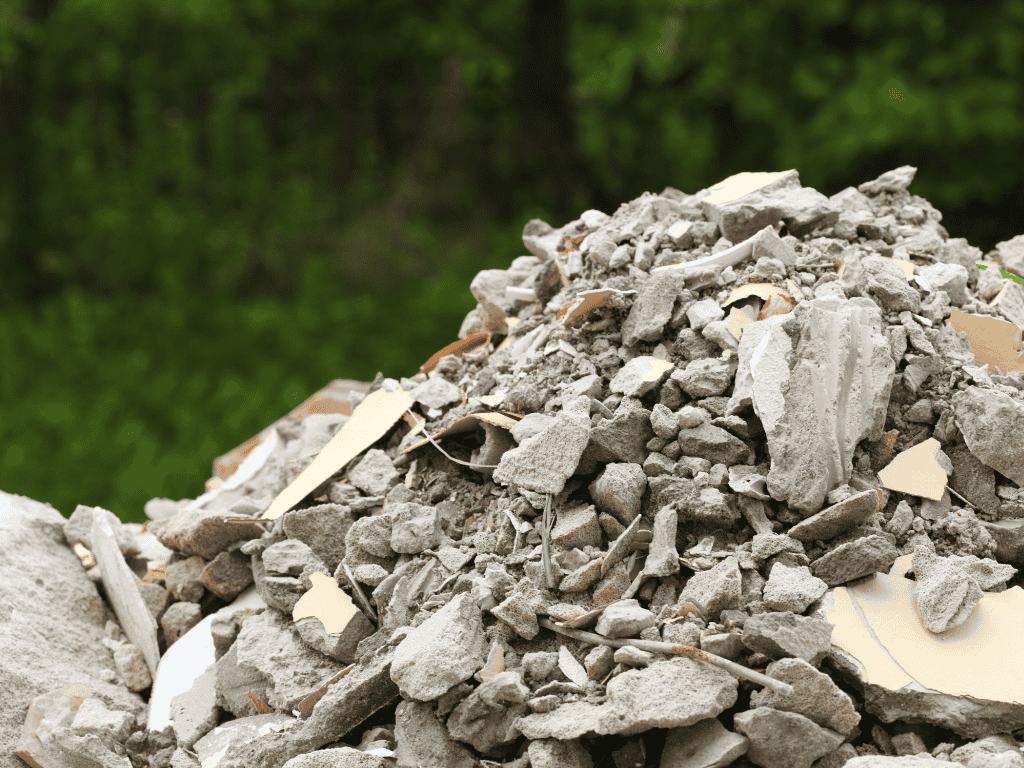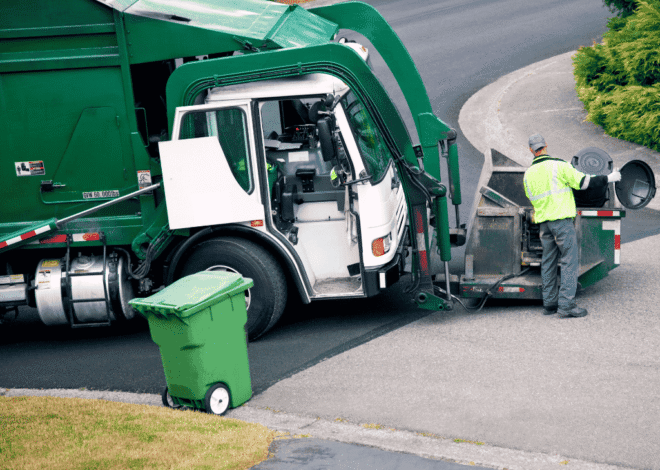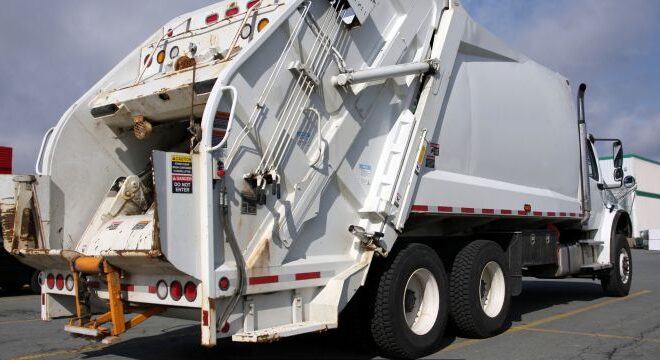
Minimising Construction Waste: How Builders Can Partner with JACS Bins for Greener Projects
In the modern construction industry, sustainability is no longer an afterthought — it’s a necessity. With environmental regulations tightening and public expectations shifting, builders are under increasing pressure to deliver projects that are not only on time and within budget, but also environmentally responsible. One of the most significant areas of concern is construction waste, which continues to place a substantial burden on landfill sites across Australia. However, with the right systems in place and the right partnerships established, it is possible to significantly reduce the volume of waste generated on-site.
This article explores practical ways builders can minimise construction waste, with a particular focus on the role local waste management services like JACS Bins can play in supporting greener outcomes without compromising efficiency or compliance.
Understanding the Impact of Construction Waste
Construction and demolition activities play a significant role in Australia’s overall waste generation. The Department of Climate Change, Energy, the Environment and Water reports that the construction sector is responsible for over 27 million tonnes of waste each year, much of which could be recycled or repurposed.
The types of materials discarded on site are varied and substantial, including timber off-cuts, plasterboard, metal, packaging waste, rubble, and mixed demolition debris. Unfortunately, the sheer volume and range of these materials are often underestimated.
In addition to the environmental implications, there are considerable financial and operational costs to consider, such as higher disposal fees, additional labour required to sort and remove waste, and missed opportunities to recover valuable materials.
For builders aiming to enhance their sustainability efforts and optimise project performance, reducing landfill waste is an essential first step.
Planning Ahead: The Foundation of Waste Reduction
One of the most effective ways to cut down on construction waste is to address it before it begins. This means incorporating waste management planning into the earliest stages of project development.
1. Conduct a Pre-Project Waste Audit
Before breaking ground, conduct an audit to identify what materials will be used, how much will likely become waste, and how they can be managed. Understanding which components are recyclable, reusable or potentially hazardous allows for more informed planning.
2. Choose Your Materials Carefully
Opting for durable, prefabricated, or standard-sized materials can minimise the need for on-site cutting or adjustments, helping to avoid excess waste. Where possible, select materials that contain recycled content or can be readily recycled at the end of their useful life.
3. Source Responsibly
Where possible, buy materials from suppliers that offer take-back schemes or bulk packaging options that reduce plastic and cardboard waste. Reusable packaging is becoming more common in the building trade, and working with like-minded suppliers helps reinforce sustainability efforts.
On-Site Strategies to Minimise Waste
Once construction begins, there are several tactics builders can implement to limit the waste produced and better manage what does arise.
1. Set Up Clear Sorting Stations
Mixed construction waste can be difficult and expensive to recycle. Where possible, setting up separate bins for timber, metal, plasterboard, concrete, and general waste encourages workers to sort materials as they go, rather than letting it all end up in the same skip. This practice can significantly increase the recyclability of materials.
2. Communicate with the Team
Ensuring all workers understand the project’s waste management goals is essential. Toolbox talks and visible signage can reinforce good habits. Make sure subcontractors are on the same page and are aware of how and where to dispose of off-cuts and packaging.
3. Protect and Store Materials Properly
A substantial amount of construction waste comes from damaged or spoiled materials. Store timber and other sensitive items in weather-protected areas and ensure materials are kept off the ground to avoid moisture damage.
4. Track and Monitor Waste Levels
Monitoring the types and volumes of waste leaving the site can help project managers identify inefficiencies. It also provides valuable data for improving future projects. Keeping a waste log doesn’t need to be complex, but can deliver real insights over time.
The Role of Responsible Skip Bin Hire
While internal strategies are crucial, the success of a sustainable construction waste plan often depends on the external partners builders engage. Working with a local, experienced waste management provider can make a substantial difference to the overall effectiveness of a waste minimisation strategy. JACS Bins, based in Caboolture and servicing the Sunshine Coast, Moreton Bay, and North Brisbane, is a trusted name in skip bin hire and waste removal. Their team understands the specific needs of construction professionals and provides flexible, reliable, and environmentally conscious services that align with the goals of greener building projects.
JACS Bins provides a variety of bin sizes, making it simpler for builders to manage multiple waste streams efficiently, without overloading their resources or site space. Their prompt delivery and collection services help prevent waste from accumulating, ensuring a safer and more efficient working environment.
Crucially, JACS Bins prioritises sustainable waste management by sorting and diverting materials from landfill wherever possible, in line with current environmental guidelines. Builders can rest assured that the materials placed in JACS Bins’ skips are handled responsibly, with a strong commitment to sustainability.
Practical Tips for Working with a Skip Bin Provider
To get the most from a skip bin hire service and minimise environmental impact, builders should consider the following tips:
1. Choose the Right Bin for the Job
Oversized bins can take up valuable site space and cost more than necessary, while bins that are too small may require frequent changeovers. Discuss your project needs with your provider to choose the most suitable bin size and type for each waste stream.
2. Avoid Mixing Waste Types
Some materials, like asbestos or contaminated soil, must be disposed of separately. Mixing these with standard waste can lead to expensive disposal charges and legal risks. Clear labelling and communication with your team can help avoid these issues.
3. Schedule Bin Pickups Strategically
Avoid project slowdowns by planning bin deliveries and pickups around your construction timeline. A good provider will work with you to accommodate changes, ensuring waste is removed when needed and not left sitting on site.
4. Understand What Can and Can’t Go in the Bin
Most providers will offer clear guidelines on acceptable materials. Familiarising yourself with these early helps prevent additional fees and ensures waste is processed correctly.
Beyond the Bin: Creating a Culture of Sustainability
Reducing waste on construction sites is not just about physical logistics — it’s also about creating a culture that values sustainability. This includes recognising and rewarding waste reduction efforts, continuously reviewing and improving waste management practices, and staying informed about new methods and materials that support greener construction.
Builders who embed sustainability into their project workflows not only contribute to a cleaner environment but also position themselves as responsible, forward-thinking operators in a competitive industry.
Conclusion
Construction waste is an unavoidable by-product of building, but with the right mindset and tools, it can be significantly reduced. By planning carefully, managing materials intelligently, and working closely with waste management professionals such as JACS Bins, builders can make meaningful strides towards greener projects.
The benefits of waste reduction extend far beyond environmental impact — improved site safety, cost savings, regulatory compliance, and enhanced reputation are just a few of the advantages builders stand to gain.
Ultimately, minimising construction waste is not just about ticking boxes — it’s about doing the right thing for the environment, the community, and the future of the industry. With practical strategies and dependable partnerships, a cleaner, more sustainable construction process is well within reach.



